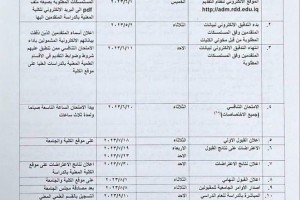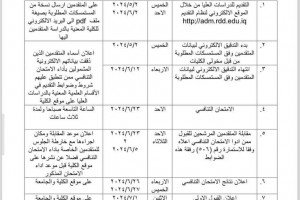
The seminar was about the viruses that infect respiratory tract. Respiratory tract infection (RTI) are infections of parts of the body involved the sinuses, throat, airways or lungs. Most RTIs get better without treatment, but sometimes it consider an important cause of hospitalization among young children and elderly, with significantly high mortality and morbidity. RTI is a group of diseases of both upper or lower respiratory tract. Upper respiratory tract infections (URTIs): are the most frequent presentation of respiratory infections. An estimated 50% of all illnesses in all age groups include: laryngitis, common cold, pharyngitis and otitis media. Lower respiratory tract infections (LRTIs): are the most severe forms of infection and cause of approximately 1.9 million annual deaths among children, include: bronchitis, bronchiolitis, tracheitis and pneumonia. Acute respiratory tract infections (ARTIs) are the leading cause of global mortality and morbidity. The ARTI’s can be caused by bacteria and fungi, but viral infections are the most common causes.
A range of respiratory viruses are known to cause acute respiratory infections (ARI), including the common cold, bronchiolitis, and pneumonia in humans. These viruses are most commonly spread by inhaling droplets containing virus particles. The major pathogens for examples include: Rhinovirus, Seasonal influenza and Respiratory Syncytial Virus (RSV.)







